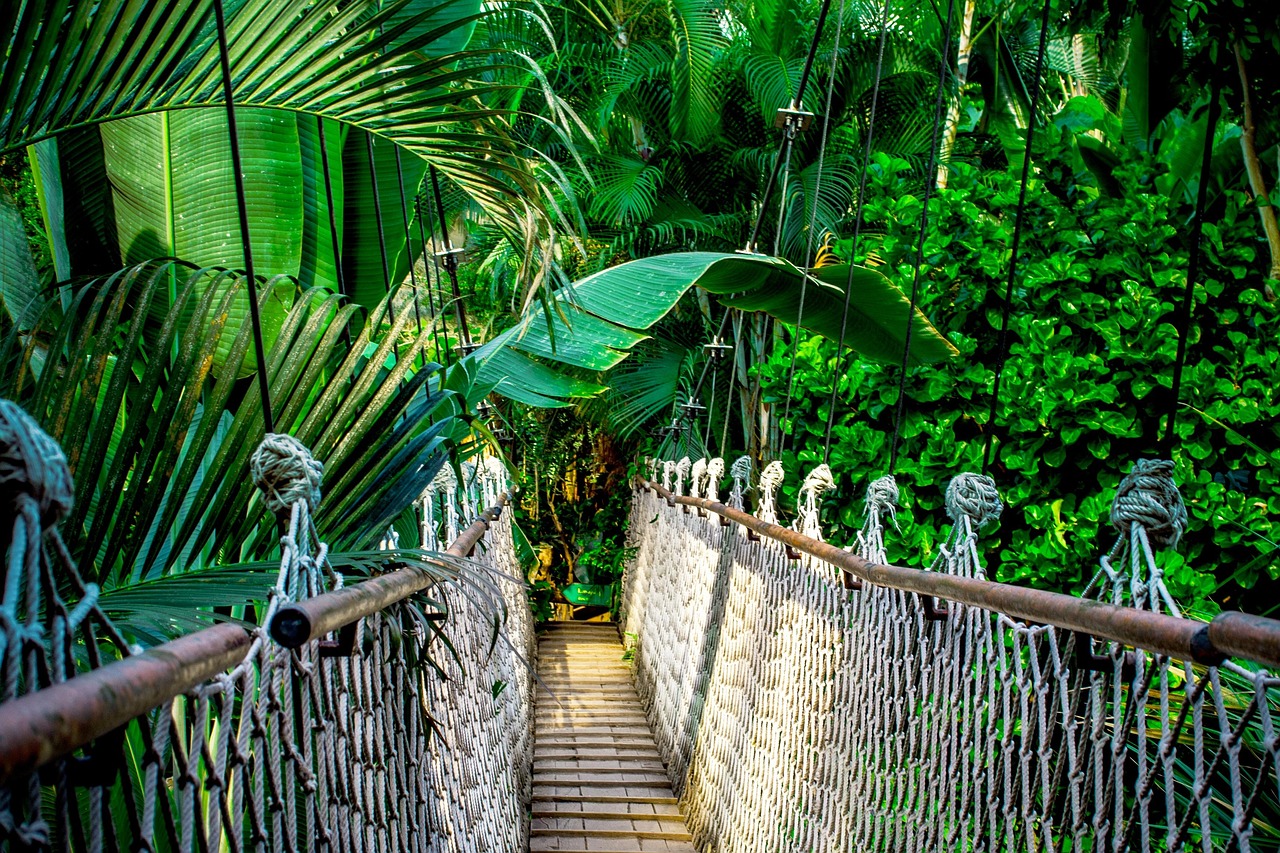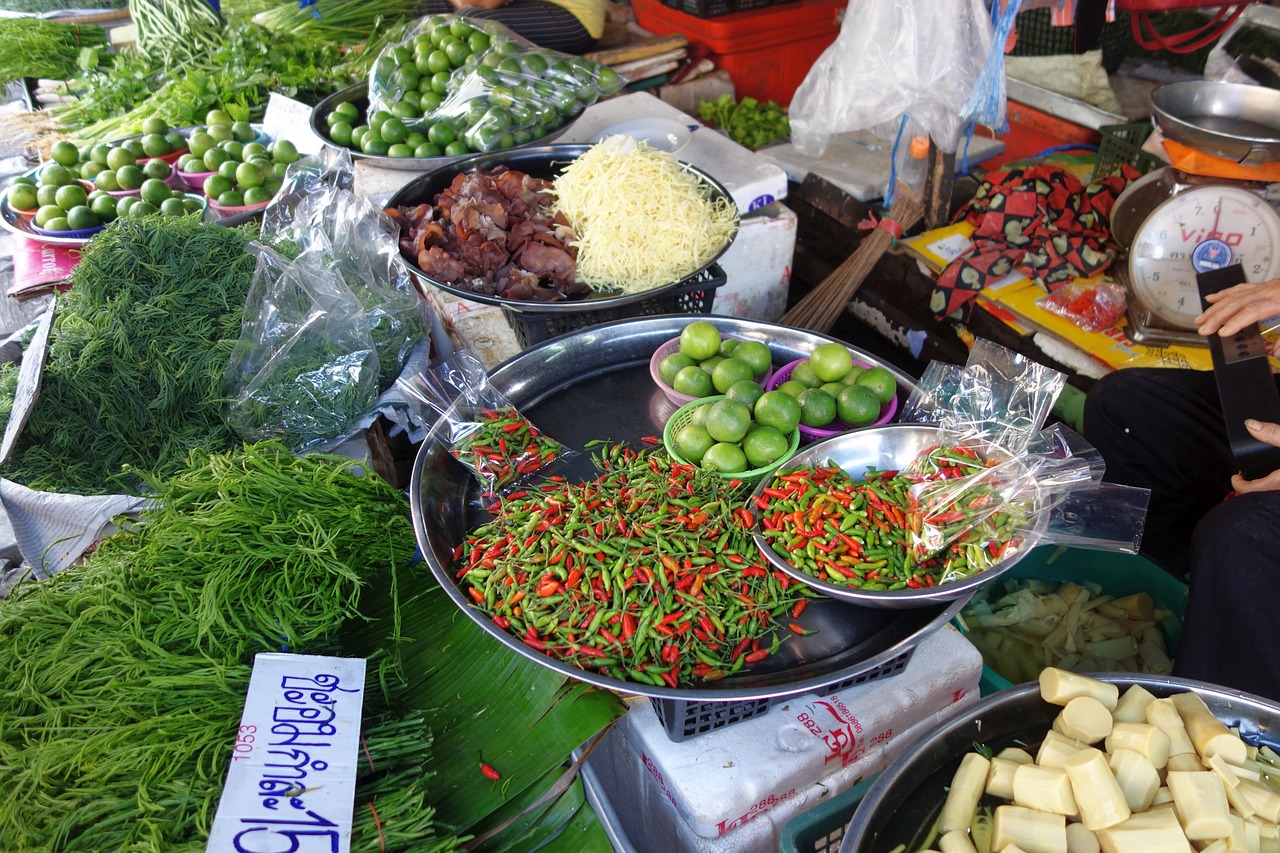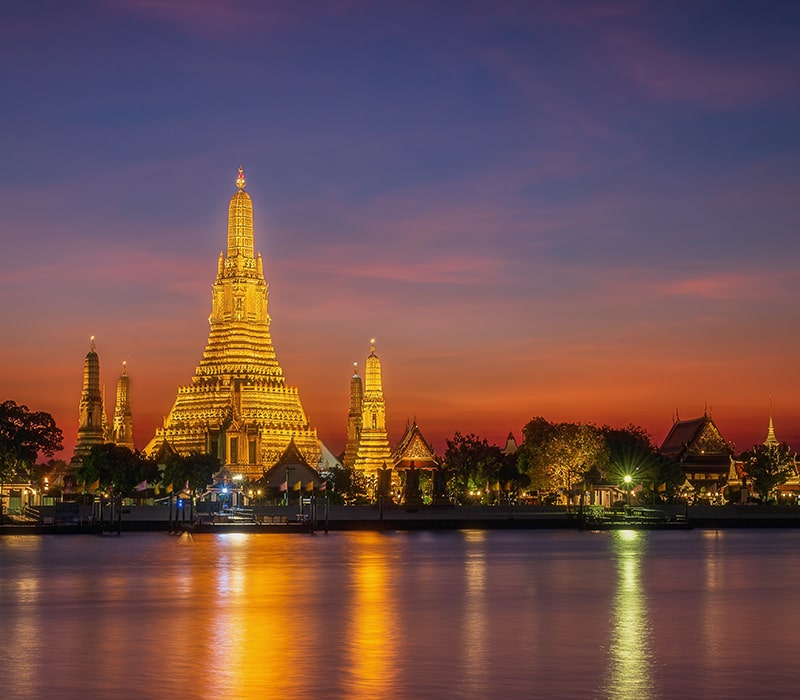Imagine journeying through Thailand’s lush jungles, past echoes of untold resilience, where nature and history intertwine seamlessly. The legendary Death Railway stands not just as a marvel of engineering through challenging terrain, but as an enduring tribute to the human spirit and endurance. Crafted for cultural enthusiasts and adventure seekers, this expert, insightful guide will uncover deeply personal stories, reveal emotive moments at storied landmarks, and offer practical support for those planning to explore the Death Railway and its surrounding treasures. Let us design your adventure and inspire your every step along this unforgettable route.
The Historical Echo of the Death Railway

The Bridge over the River Kwai stands as a living memory of resilience and history.
In the heart of Kanchanaburi, the Death Railway—also known as the Thai-Burma Railway—winds through emerald jungles and along steep riverbanks. Built during World War II by Allied prisoners-of-war and Asian labourers under Japanese command, its story is both heartbreaking and inspiring. The railway, stretching from Thailand to Myanmar, was completed under gruelling conditions, with more than 100,000 lives lost. Today, every sleeper and steel girder is imbued with human sacrifice and courage.
One unforgettable highlight is the Bridge over the River Kwai. This iconic structure has become a symbol of hope and endurance. Adventurers often find themselves pausing mid-bridge, soaking in the dramatic river vistas and reflecting on the monumental feat of its construction. Travellers have described the sensation of standing on those ancient wooden planks, imagining the relentless perseverance that echoes across the waters below.
As one family recalled, walking across the bridge was a humbling, bonding experience: “We felt the weight of history, but also the beauty of togetherness in such a powerful place.” The sight of the jungle meeting the river, interwoven with tales of perseverance, leaves a lasting imprint—a memory crafted with care and laced with admiration for all who toiled here.
Hellfire Pass A Journey Through Time

The moving Hellfire Pass Memorial Museum honours the enduring spirit of those who worked on the Death Railway.
No visit along the Death Railway is complete without a reflective journey through the Hellfire Pass Memorial Museum. Set amid tranquil hills and rugged terrain, the museum offers profound insight into the darkest chapters of railway construction. Here, personal stories are not just preserved, but shared with unwavering warmth and human touch—each exhibit making the suffering vivid yet honouring resilience.
The memorial walking trail, carved out of sheer rock by hand, immerses visitors in the same haunting atmosphere once lit only by rudimentary torches—giving the pass its ‘Hellfire’ name. Many travellers are moved to silence; one explorer wrote, “Standing where men once hammered at night, my heart filled with gratitude and sorrow—imagining their courage against impossible odds.” The museum’s multimedia displays and actual artefacts foster deep understanding and inspire curiosity to learn more about the lives shaped here.
Care for the memory of those who suffered is felt everywhere—from plaques detailing the harsh realities to the gentle guidance of local staff. Insightful guided tours heighten the experience, offering expert knowledge and personal reflections to help families, solo adventurers, and explorers alike connect with the past in a meaningful, unforgettable way. Designers and historians have crafted every element to reassure and support visitors through an emotionally rich journey.
Riding the Death Railway

Enjoy breathtaking jungle scenery and a sense of adventure aboard the storied Death Railway train.
To truly experience the Death Railway, climbing aboard its historic train is a must. The journey stretches through verdant countryside, balancing on wooden trestles, and diving through tunnels carved by hand—testaments to both engineering and sheer determination. Each rattling carriage is alive with the sense of adventure, inviting you to discover the natural wonders and historical roots of the region.
Personal accounts abound: One backpacker described the heart-thumping moment crossing the creaking bridge, gazing at the river threads far below—”It was an unforgettable thrill; each rumble of the track reminded me of stories I’d heard from local guides, and from descendants whose families shaped this landscape.” The vibrant train ride moves not only across distance, but through time, forging a deeper connection to local narrative and global history.
Practical tips enhance this crafted experience: The train tickets are affordable (usually under 200 THB for a round trip), and the best way to travel is in the morning for cool views and softer light. Be sure to book your ticket in advance during peak season, and for the best insight, seek out a knowledgeable local guide—together, you’ll make each stop richer, discovering hidden details and personal tales at every bend. For those wishing to plan a seamless journey through all these iconic sites, explore this collection of curated Thailand journeys for travel inspiration.
Local Culture and Treks Along the Route

Kanchanaburi’s bustling markets offer inspiring flavours, friendly faces and crafted local experiences.
No adventure along the Death Railway is complete without exploring the colourful spirit of Kanchanaburi and the towns scattered beside the tracks. Beyond memorials, these vibrant communities celebrate culture, creativity, and timeless hospitality. Wander through lively markets, where the scent of grilled fish mingles with aromatic herbs and baskets of fresh tropical fruit invite you to sample something new. Imagine sitting in a traditional eatery, sharing stories with locals—a chance to forge bonds and uncover personal narratives passed down through generations. Here, expert local guides infuse history with warmth and imagination, ensuring every story is told with care.
Museums dedicated to the railway’s story beckon, offering crafted exhibitions and interactive insight into the past and present of these resilient communities. Care for cultural heritage is everywhere—from art displays to hands-on workshops and friendly exchanges in bustling stalls. As one traveller shared, “I met descendants of POWs and locals who brought the railway’s story alive with compassion and pride.”
Adventurers seeking an active touch can design trekking routes along original railway segments. These guided walks not only reveal the physical marks of wartime construction—like rusting tracks and hand-carved embankments—but also allow space for reflection and respect. Remember: bring sturdy shoes, carry water, and embrace each path with support for local conservation.
Essential traveller tips: The best time to explore is during the cool, dry season from November to February, a period known for gentle breezes and vibrant skies. Arrive in Kanchanaburi—a well-connected hub accessible by train and bus from Bangkok—to enjoy seamless local transport or even rent a motorbike for reliable discovery beyond the main sites. Maintain respect at all memorials, and let moments of quiet reflection guide your journey—this careful approach is valued and appreciated by both locals and fellow travellers alike.
Design your perfect Thailand trip today!
Work with your expert local travel designer to customise your itinerary so it is exactly what you want from a Thailand trip. Get exclusive experiences, top-rated restaurants, and hotels that fit your interests.







